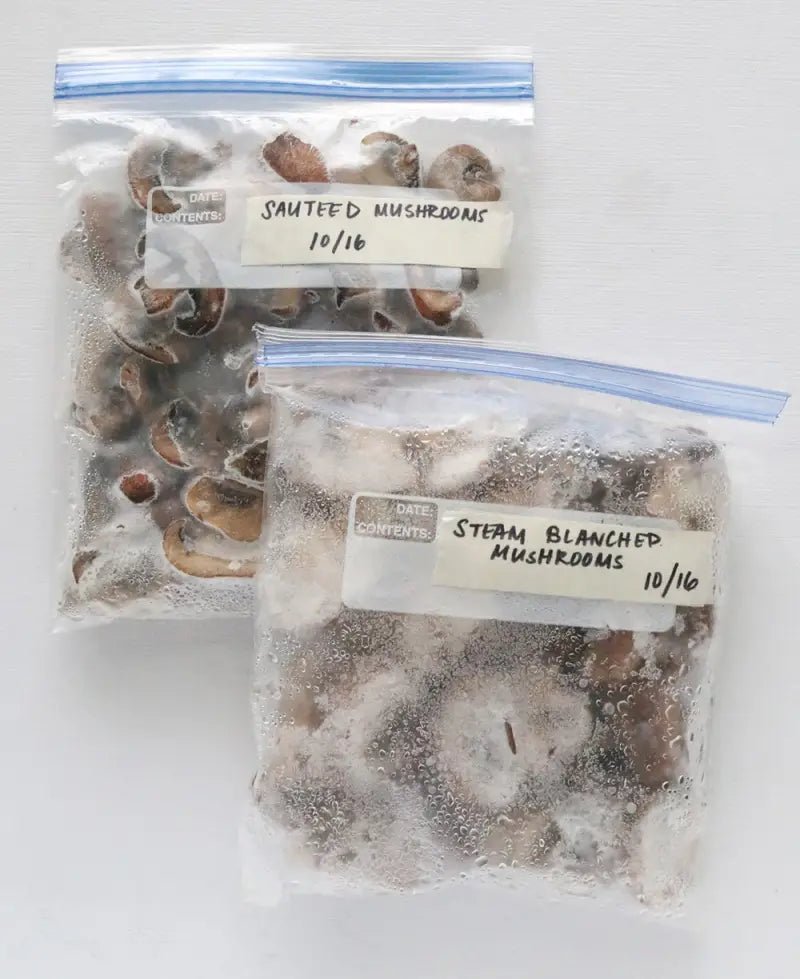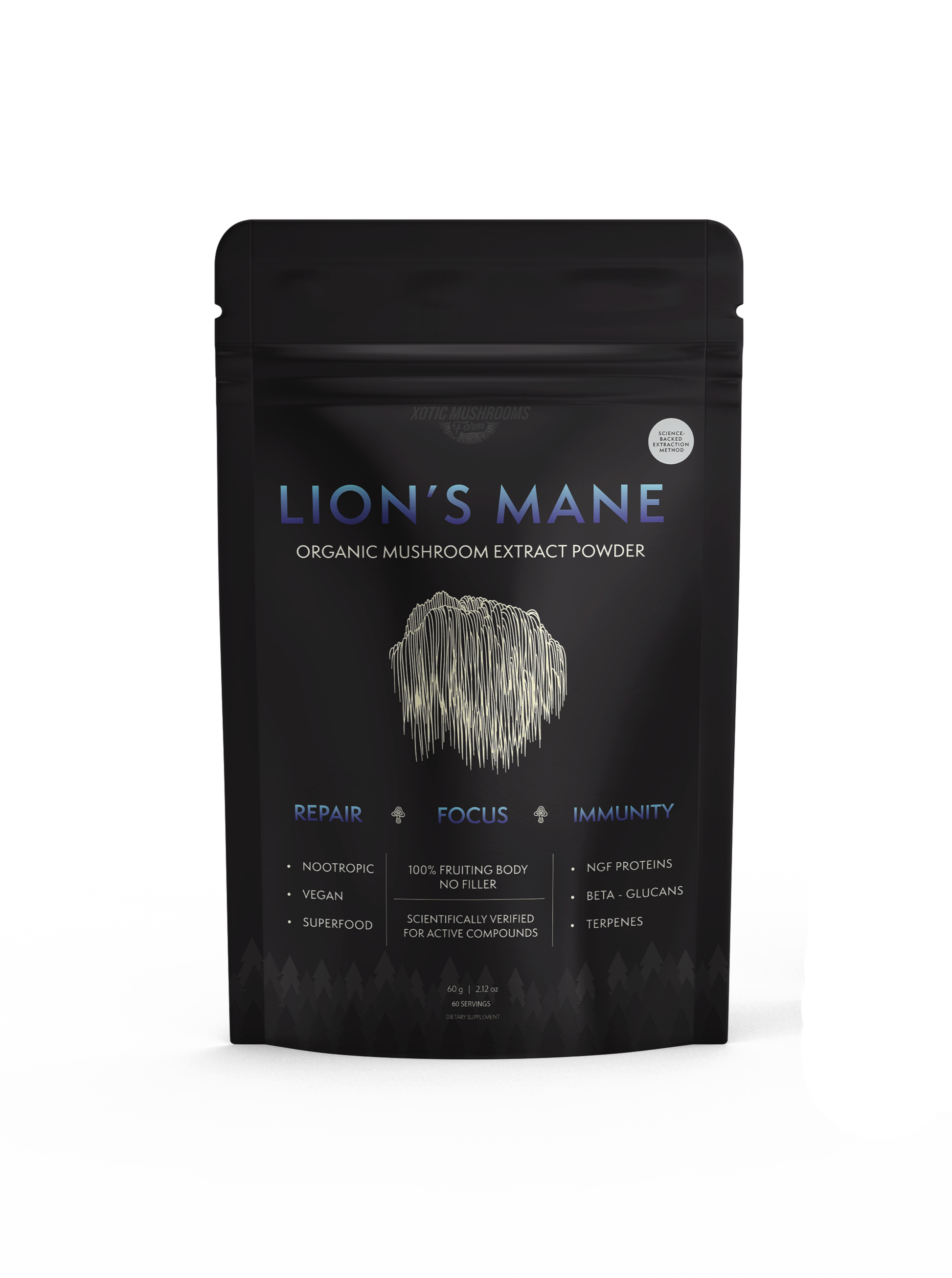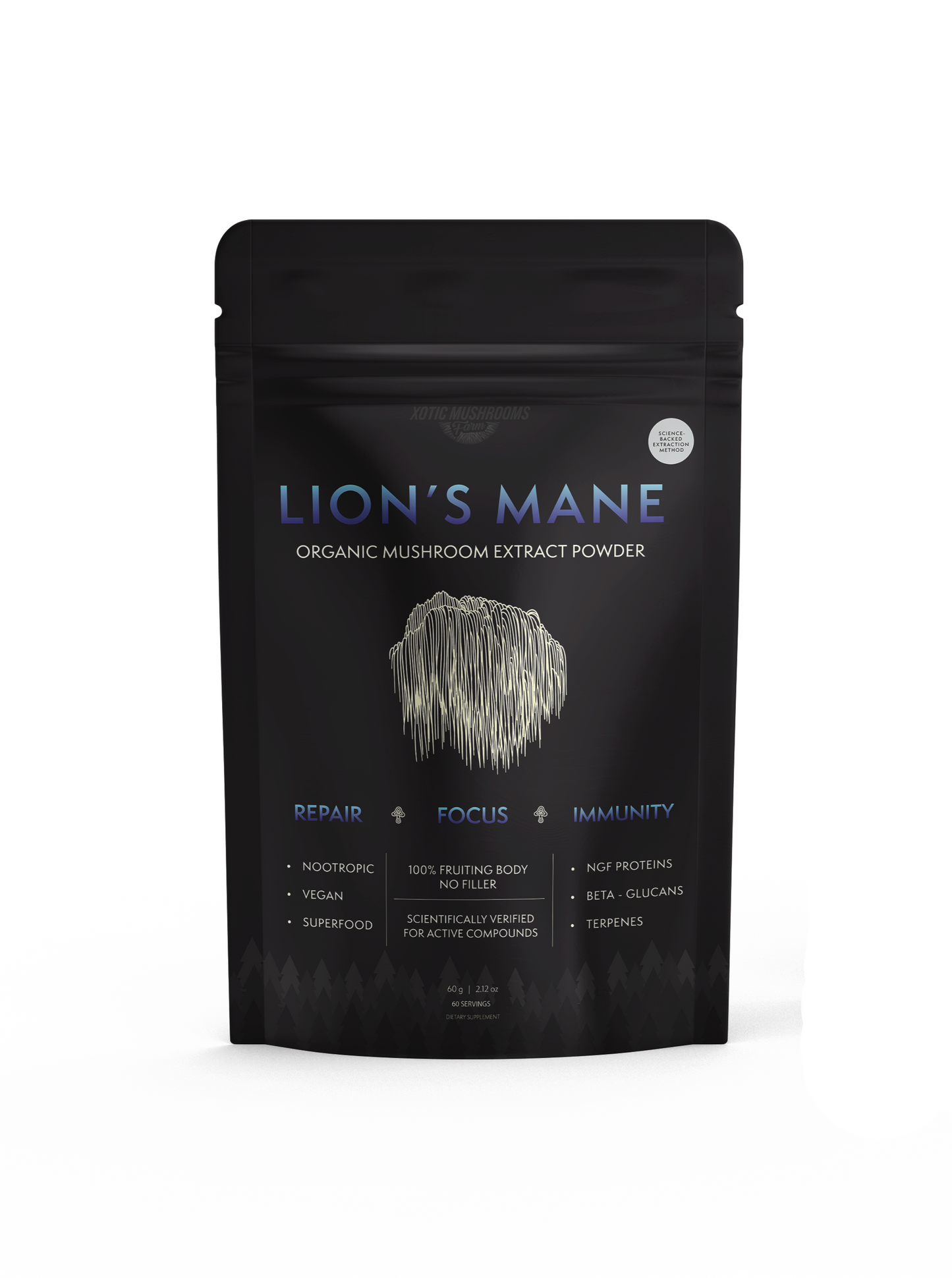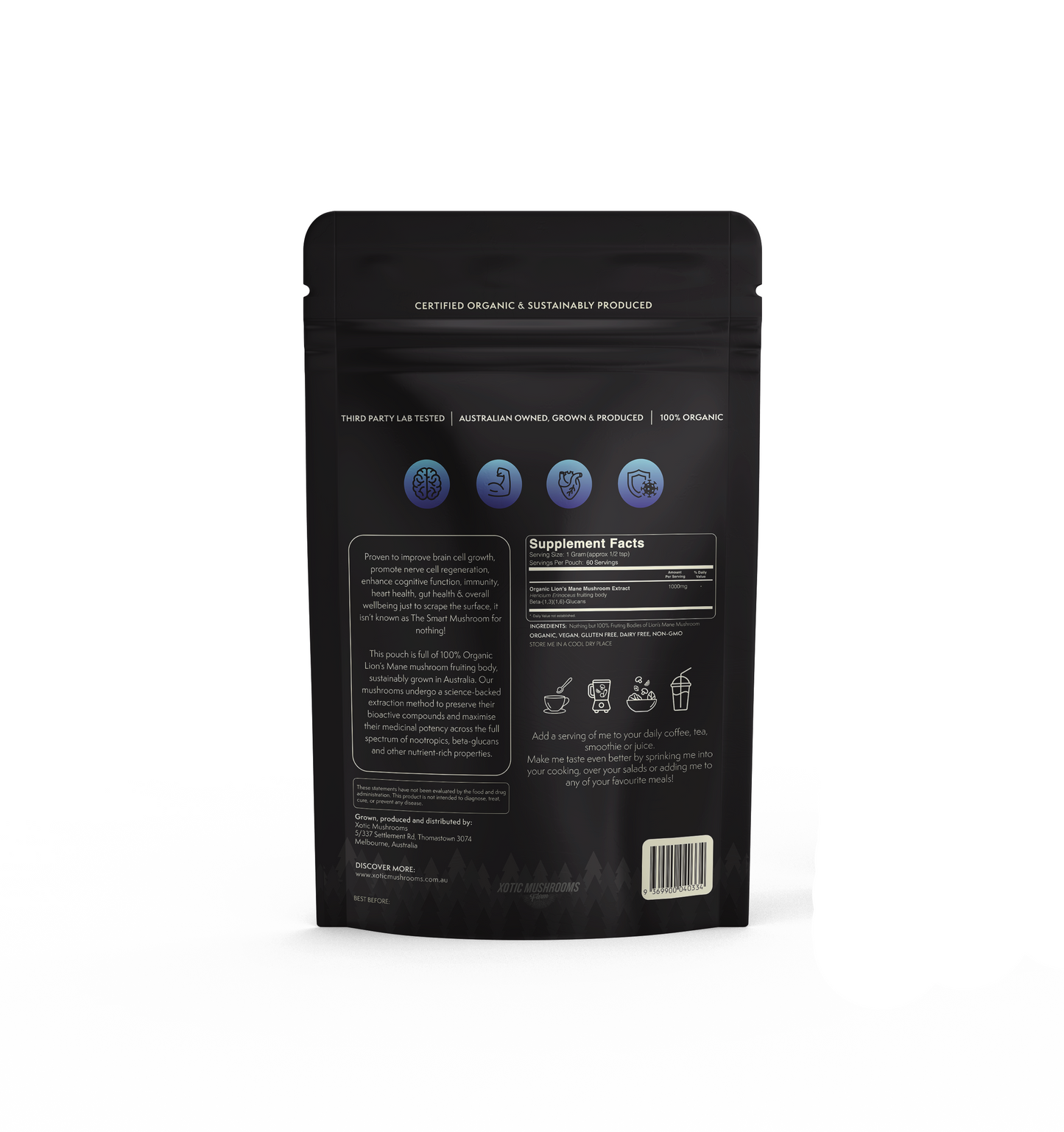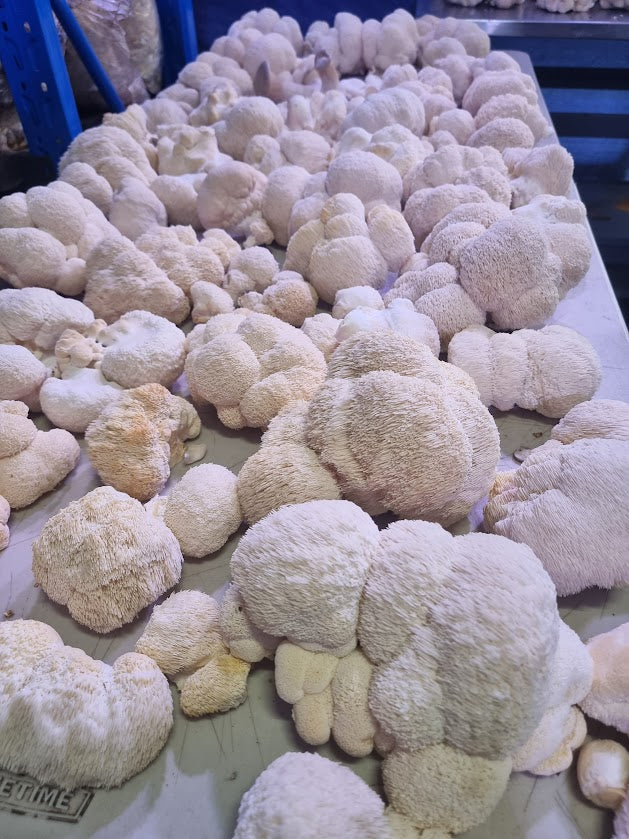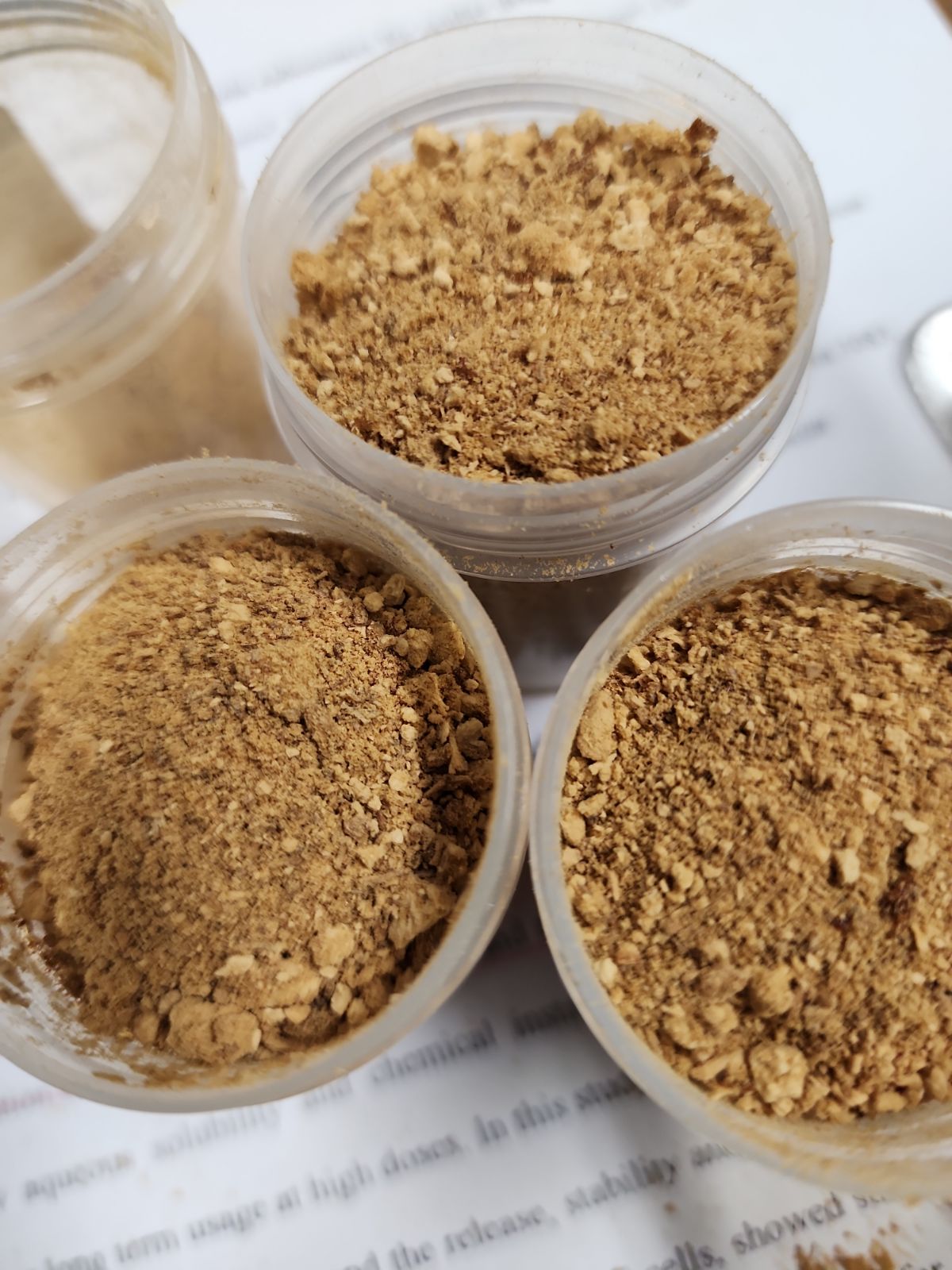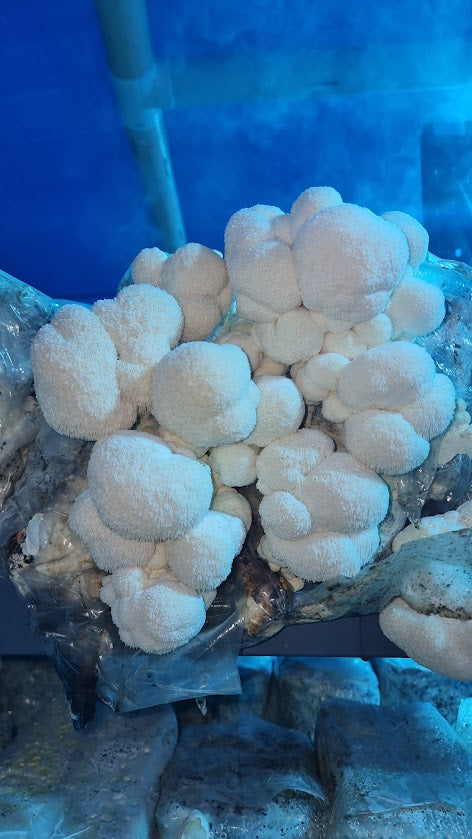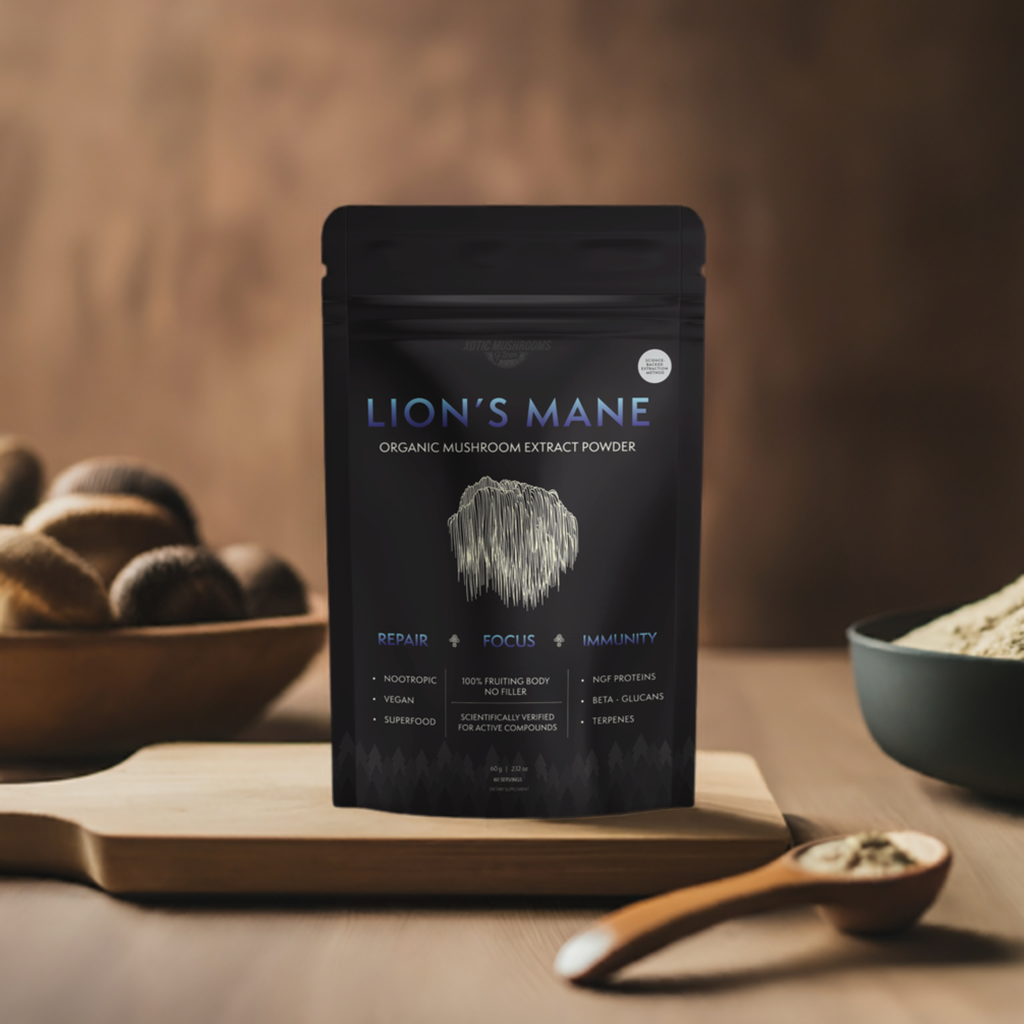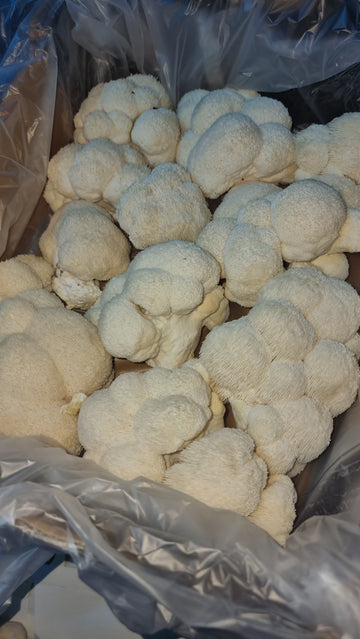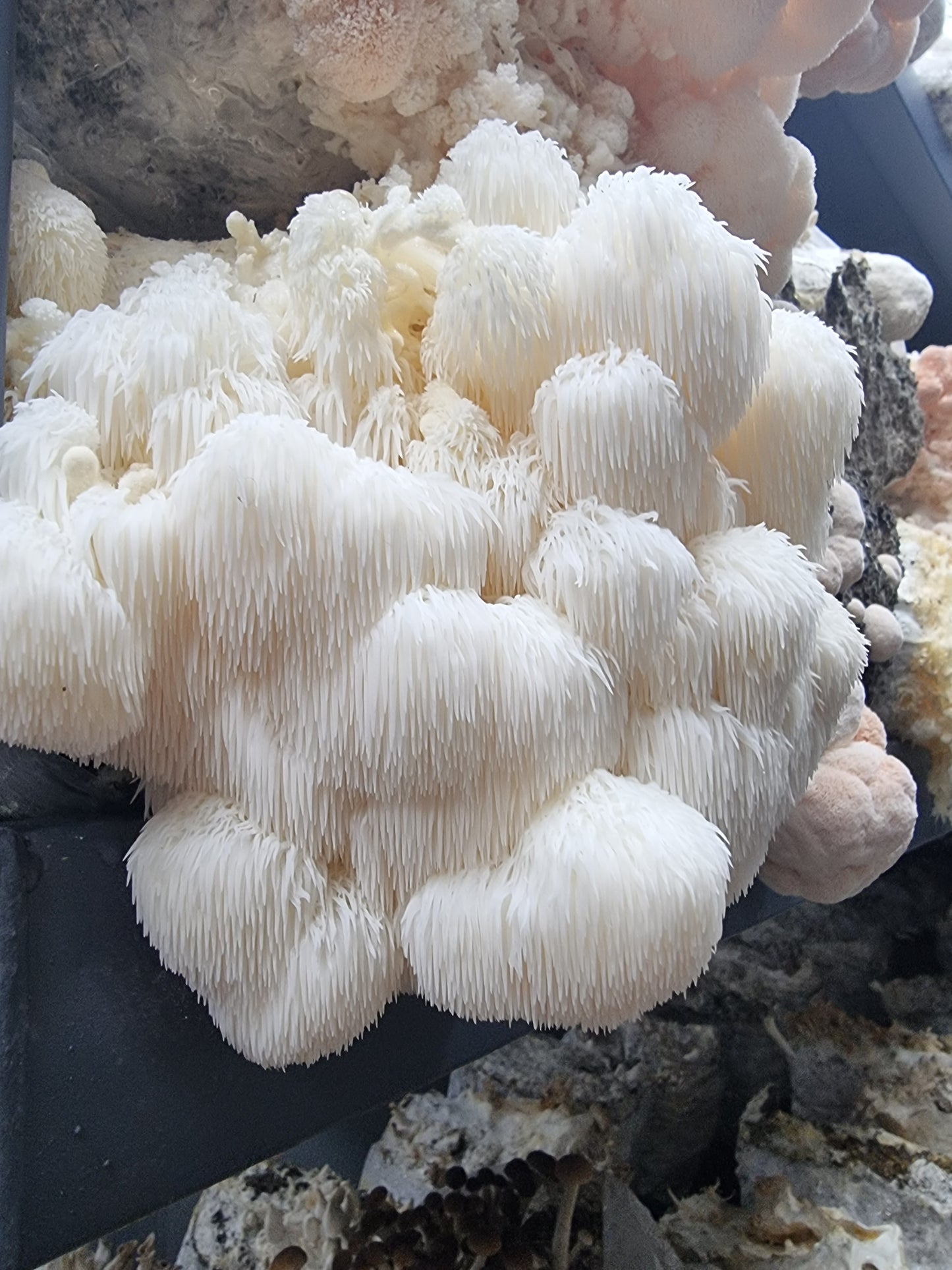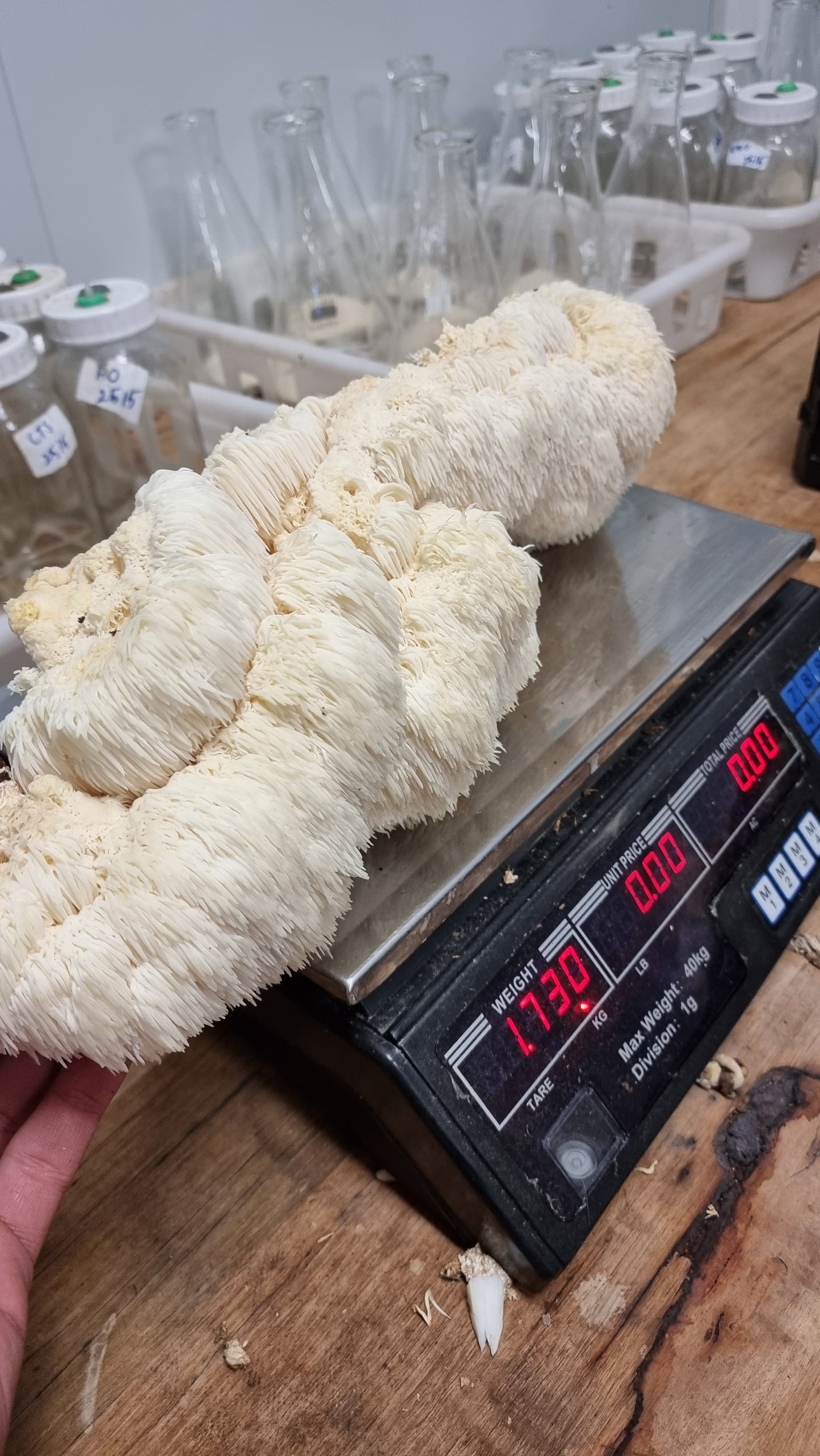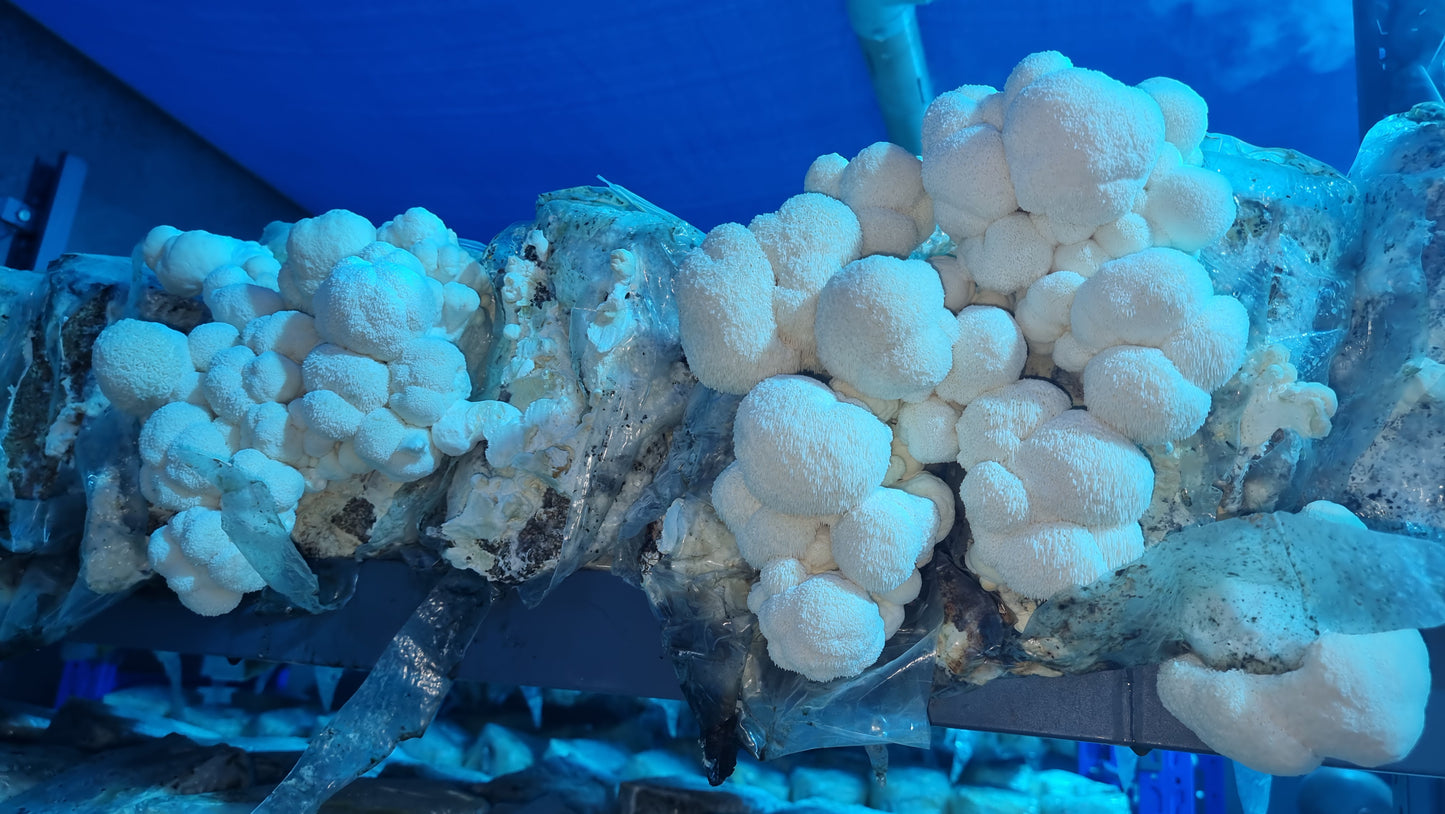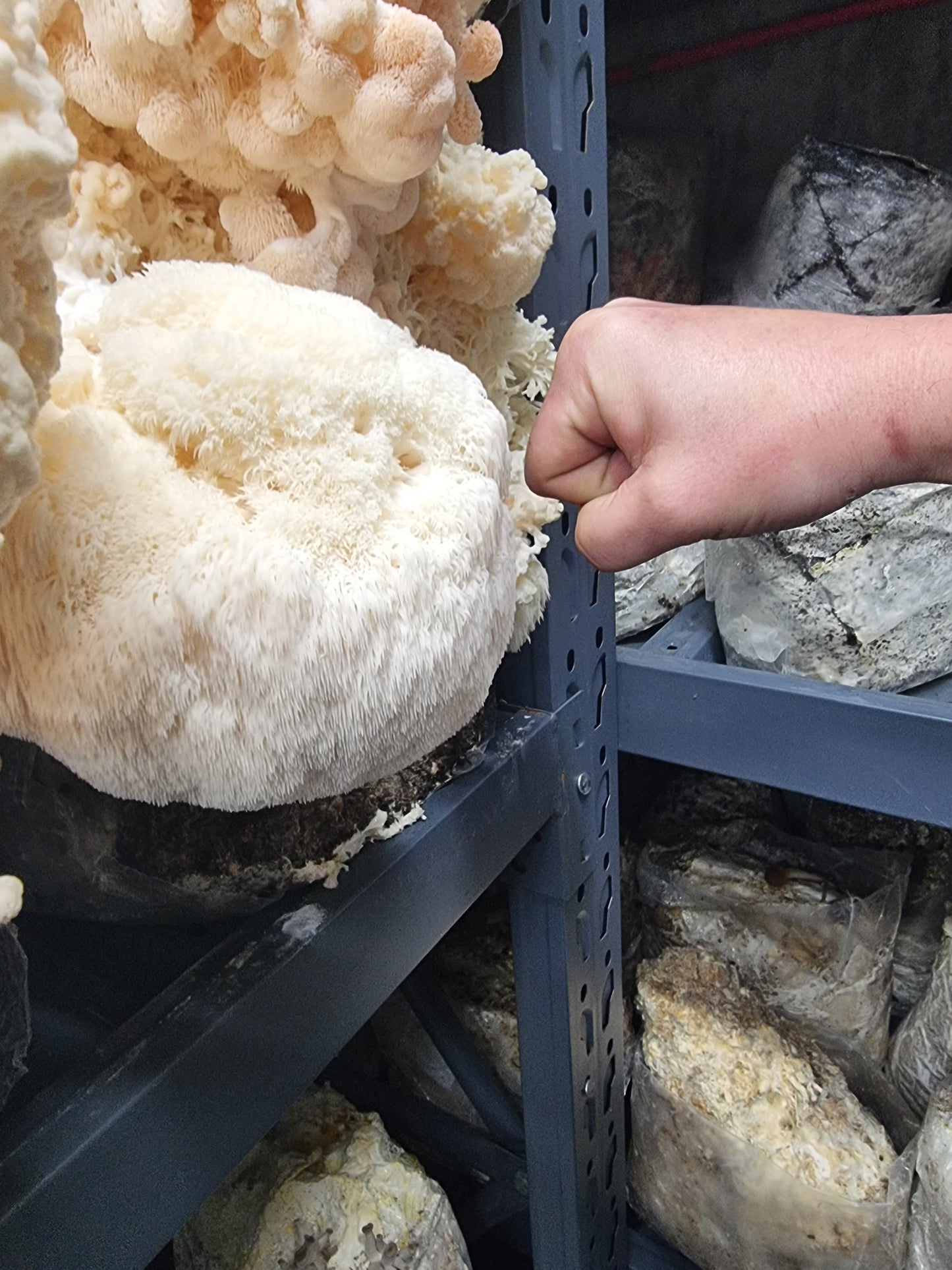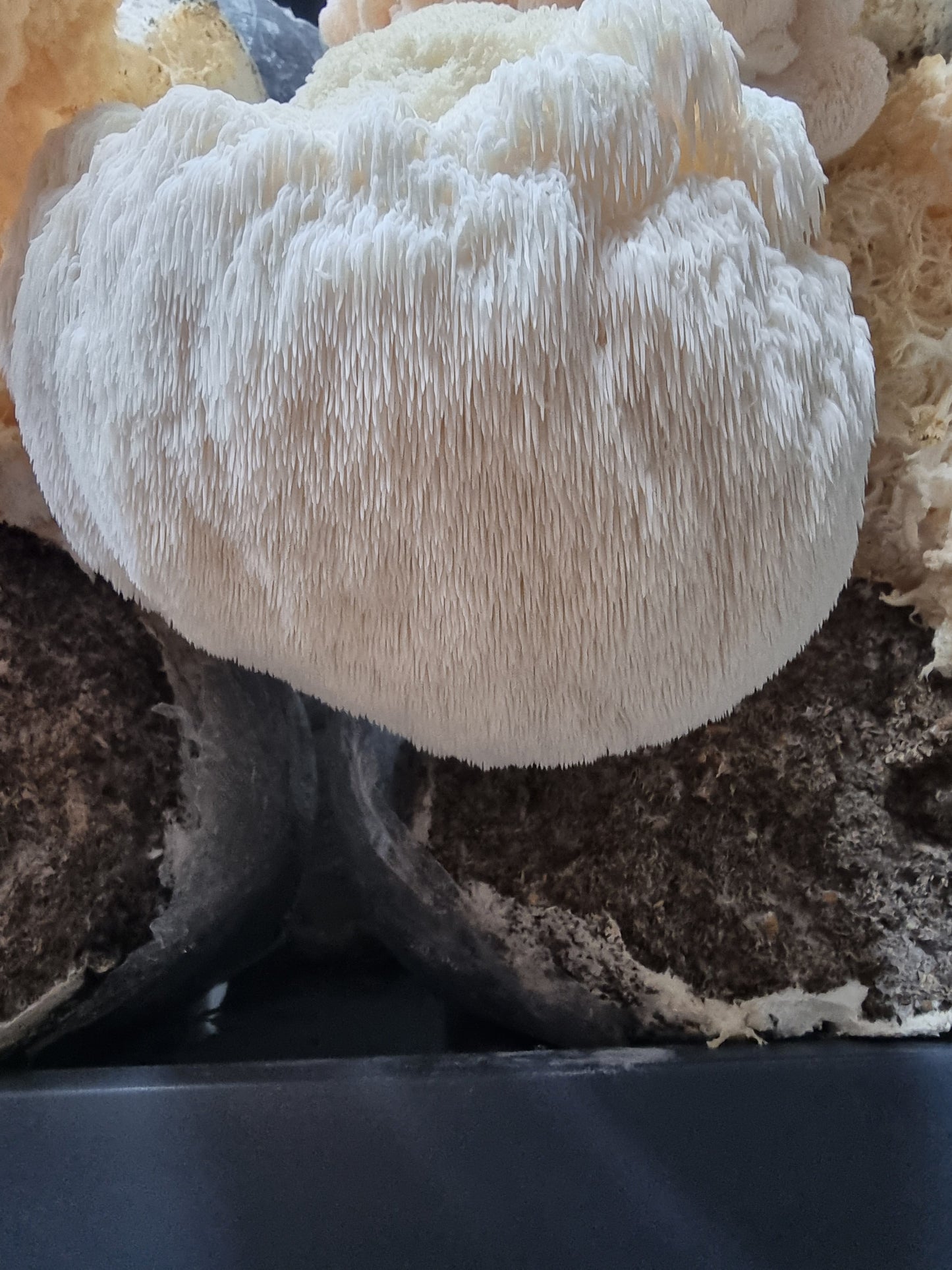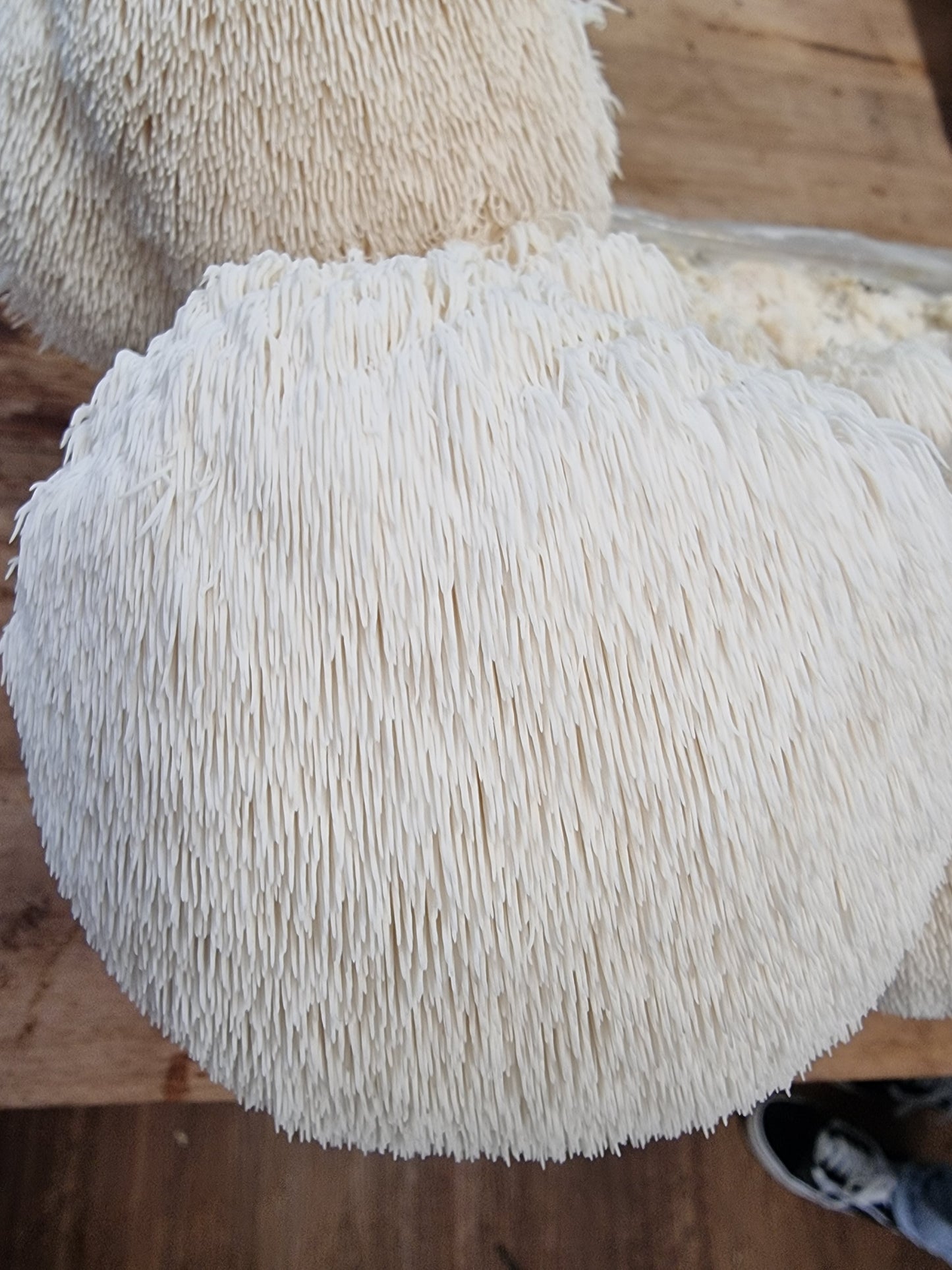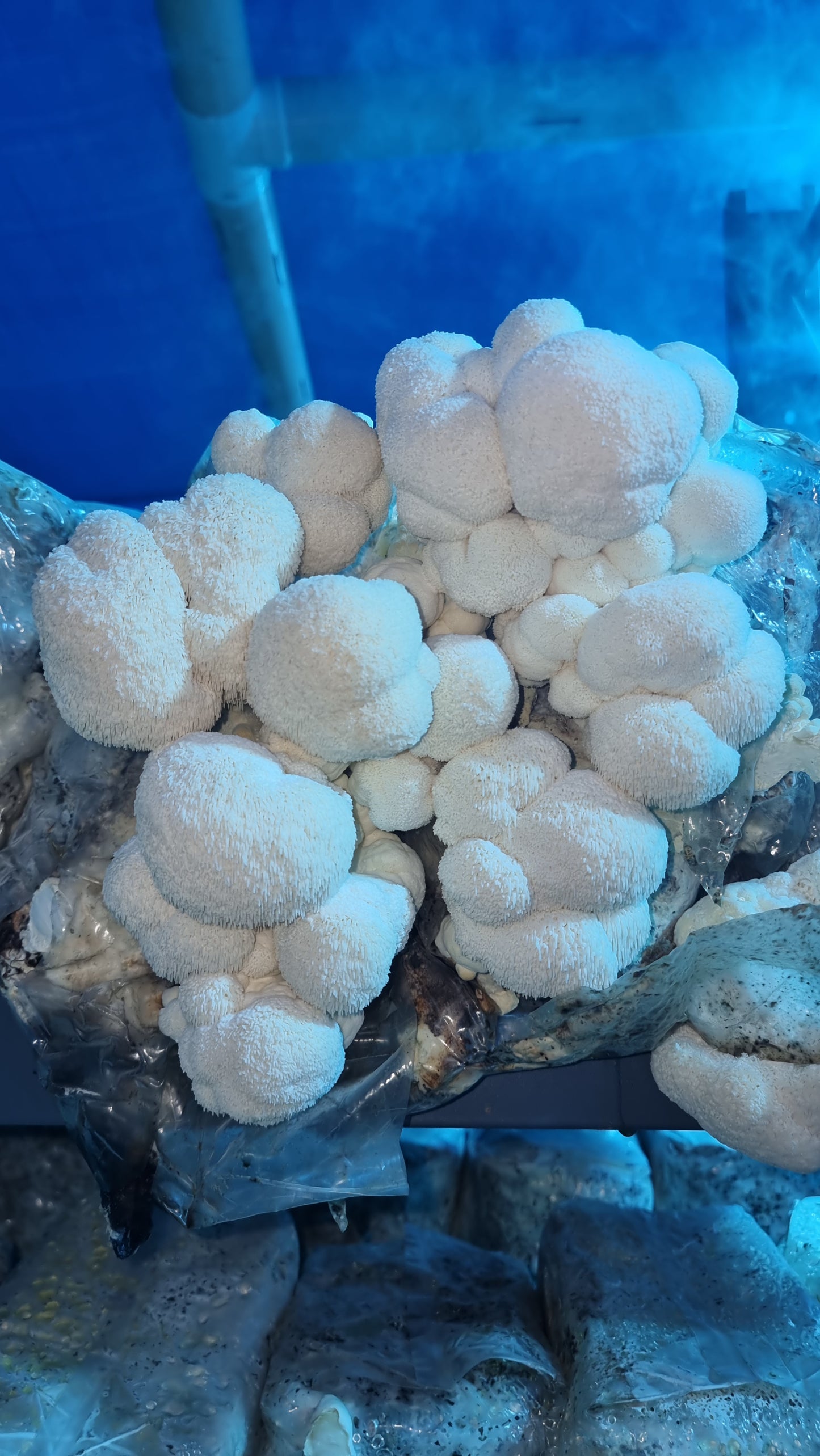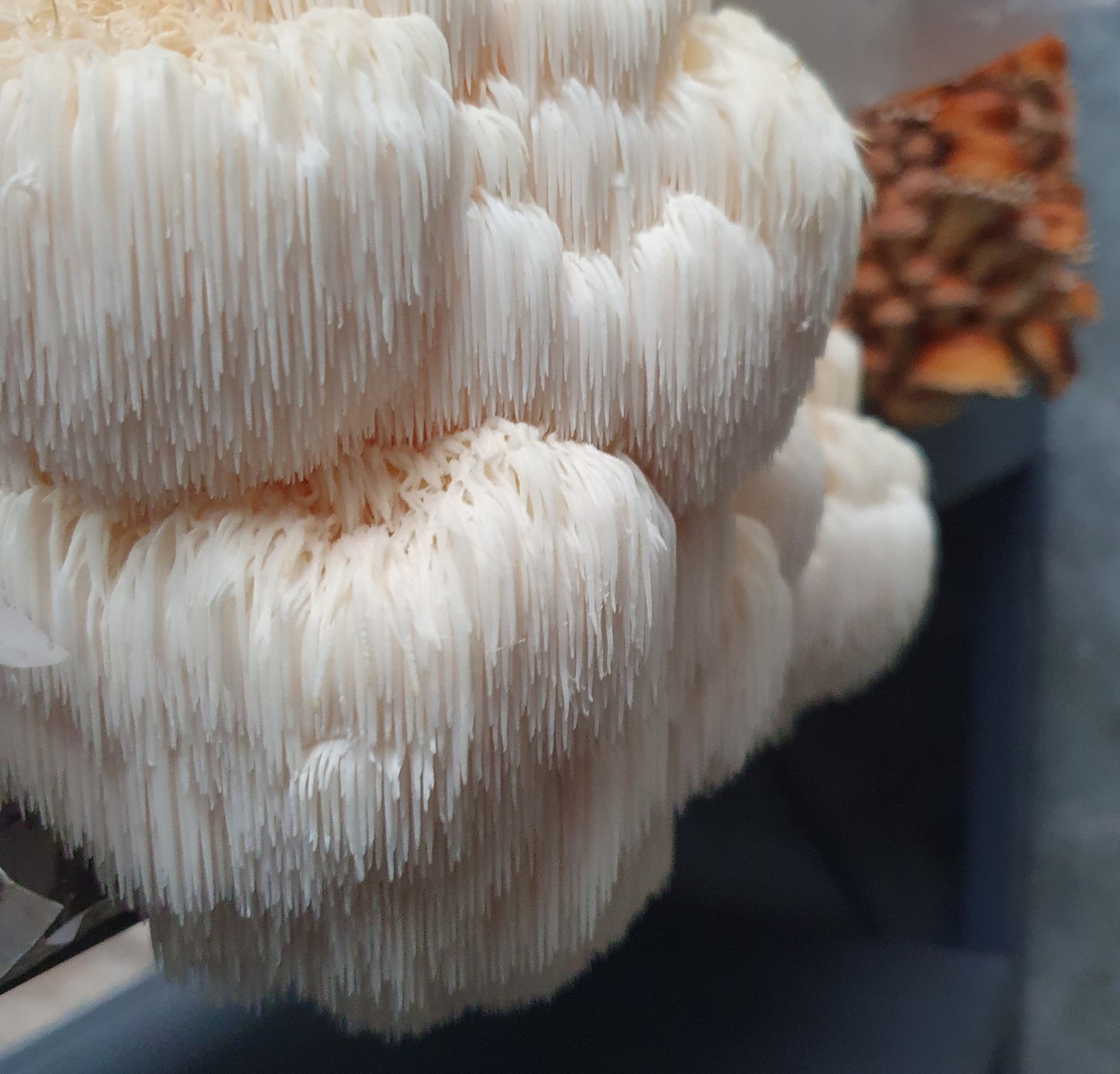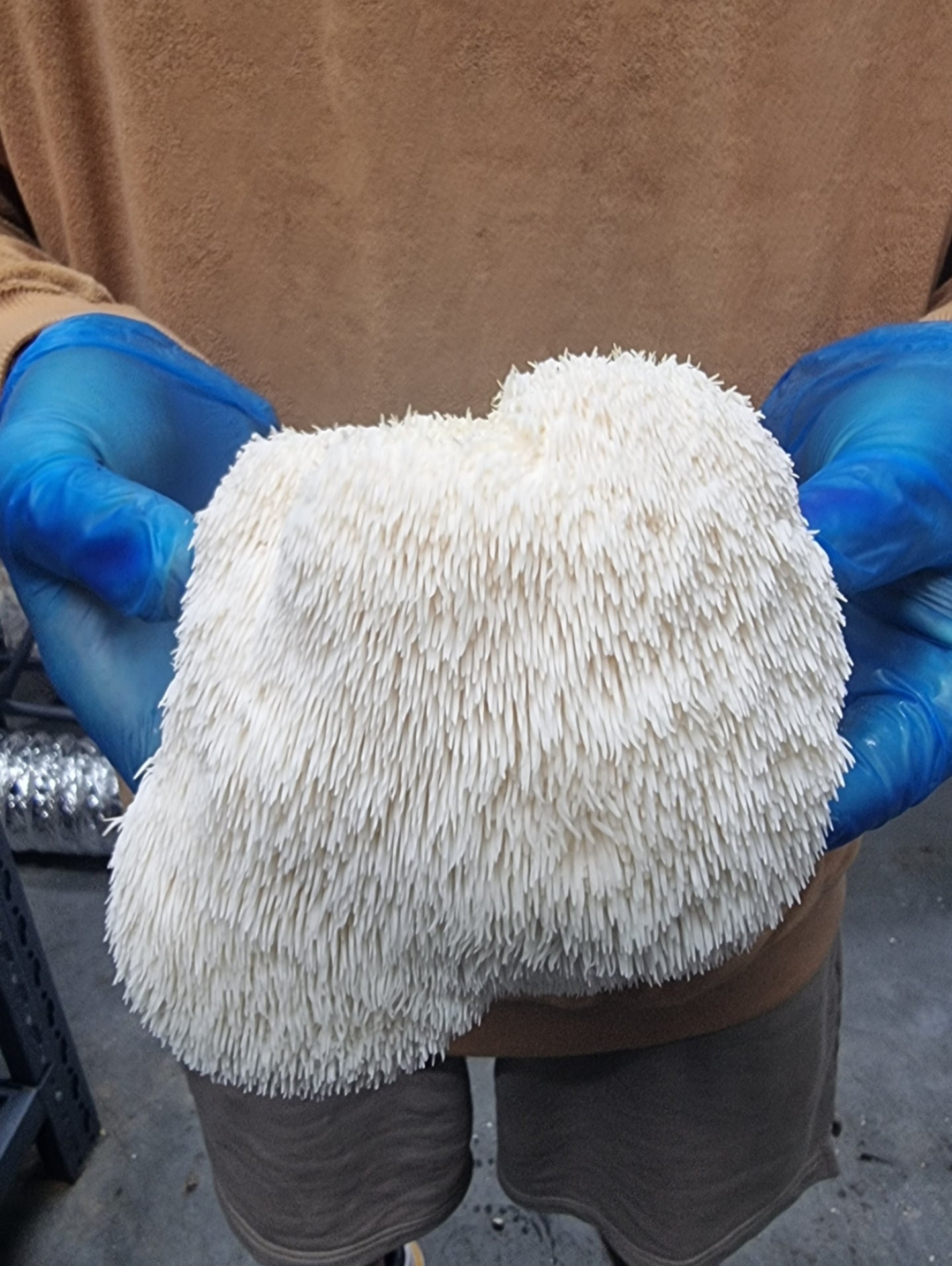Mushrooms are a delightful and versatile ingredient that adds a rich, earthy flavor to a wide range of dishes, from hearty soups to savory stir-fries.
However, their relatively short shelf life often poses a challenge for home cooks.
The good news is that you can extend the lifespan of mushrooms by freezing them.
In this comprehensive guide, we will delve into the intricacies of freezing mushrooms, addressing the effects of freezing, methods of freezing, and proper thawing techniques to help you preserve the flavor and texture of these delectable fungi.
Can Mushrooms Be Frozen?
Yes, mushrooms can be frozen to extend their shelf life and reduce food waste. Freezing mushrooms can alter their texture slightly due to their high water content, potentially resulting in a mushy consistency when thawed. To freeze mushrooms, start with fresh specimens, trim stems, and choose one of the recommended methods: raw freezing, steam blanching, or sautéing before freezing. Thaw frozen mushrooms in the refrigerator overnight for best results.
Effects of Freezing on Mushrooms
Before delving into the art of freezing mushrooms, it's crucial to understand the potential effects on their quality.
Fresh mushrooms have a shelf life of about a week in the refrigerator, after which they may become soft, brown, or even slimy.
Freezing is an effective method to prolong their freshness, but it's essential to acknowledge its impact.
- Frozen produce can experience a slight decline in nutritional value over time. While mushrooms are rich in B vitamins, copper, potassium, and vitamin D, freezing can lead to a reduction in water-soluble vitamins such as riboflavin, niacin, and folate. It's worth noting that even fresh produce gradually loses nutrients over time.
- Texture is another aspect that can be influenced by freezing. The high water content of mushrooms can result in a mushy consistency when thawed, which might be suitable for certain dishes like soups and casseroles but may not be desirable for other culinary applications.
How to Freeze Mushrooms
To ensure optimal results when freezing mushrooms, it's important to start with fresh ones. Look for mushrooms with a firm texture, a pleasant earthy aroma, and no signs of mushiness or discoloration.
Whether you find them at your local farmer's market or grocery store, prioritize quality.
Begin the freezing process by brushing off any visible dirt. While it may be tempting to wash mushrooms before freezing, this can actually contribute to a mushier texture upon cooking.
Instead, trim the stems if necessary and proceed with one of the following recommended methods.
- Raw Freezing: If you choose to freeze mushrooms raw, start by trimming their stems. Place the prepared mushrooms in a freezer-safe plastic bag, removing as much air as possible before sealing. This method is suitable for dishes that will undergo further cooking, as the texture change from freezing is less noticeable.
- Steam Blanching: Steam blanching is a culinary technique that involves a brief cooking process to preserve produce before freezing. It not only helps retain nutrients but also enhances safety by inactivating harmful bacteria. To steam blanch mushrooms, soak them in a mixture of water and lemon juice for 5-10 minutes. Steam them for 3-5 minutes, followed by an ice-water bath for the same duration. Strain, pack in airtight bags, and freeze.
- Sautéing: Sautéing mushrooms before freezing can yield excellent results. Heat a skillet over medium-high heat, add a small amount of oil or butter, and cook the mushrooms for about 5 minutes until tender. Allow them to cool on a paper towel, then transfer to airtight freezer-safe bags for freezing.
Here’s a complete guide of freezing mushrooms in 4 easy steps.
How to Thaw Frozen Mushrooms
Proper thawing is crucial to maintaining the texture and flavor of frozen mushrooms.
When using frozen mushrooms in dishes that will be thoroughly cooked, such as soups or stews, you can add them directly to the dish. For dishes that require less cooking, like pasta or risotto, consider thawing the mushrooms first.
Thaw frozen mushrooms by transferring them to the refrigerator overnight.
This gradual thawing process helps prevent a sudden change in texture and ensures even distribution of moisture.
The Bottom Line
Freezing mushrooms is a practical solution to extend their shelf life and reduce food waste.
While freezing can result in minor nutrient losses and textural changes, these effects are manageable and do not significantly compromise the overall quality of the mushrooms.
By employing proper freezing techniques, such as steam blanching or sautéing before freezing, you can preserve the delicious flavor and texture of mushrooms for a variety of culinary creations.

